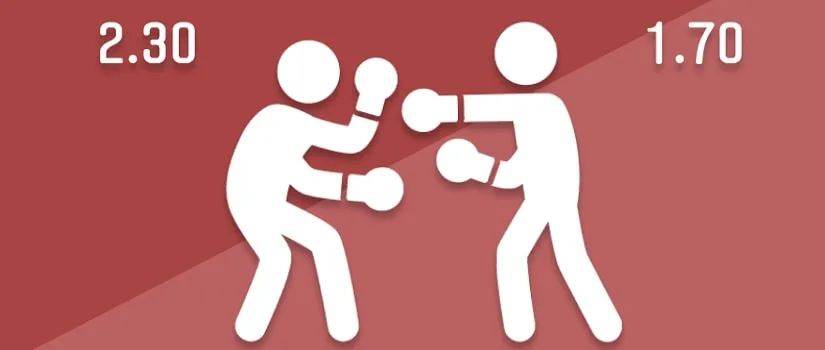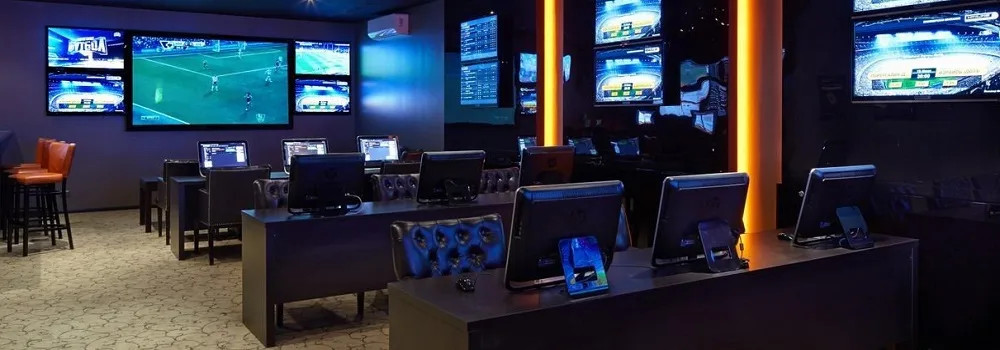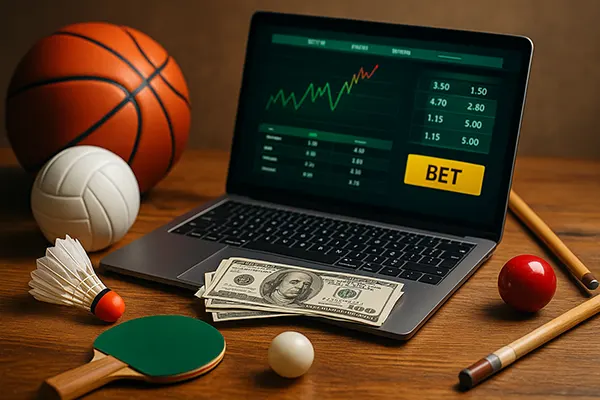How do Bookmakers Calculate Odds?

Bookmakers employ a blend of statistical analysis, historical data, and expert opinion to formulate odds in sports betting. At the heart of this process lies the objective to create a balanced book, where the bookmaker stands to make a profit regardless of the event outcome. This involves assessing the probabilities of all possible outcomes, then adjusting these probabilities to ensure a margin for the bookmaker. Complex algorithms and experienced traders play crucial roles in this sophisticated balancing act, analyzing player form, team performance, weather conditions, and even market trends.
What is a Coefficient in Sports Betting?
In sports betting, a coefficient, or odds, represents the likelihood of a particular event occurring. It’s essentially the price that a bookmaker offers for a bet on a given outcome. This figure is pivotal as it determines both the risk involved and the potential return on a bet. A higher coefficient signifies a lower probability of an event happening but offers a higher return for a successful bet. Conversely, a lower coefficient indicates a higher likelihood of occurrence but yields smaller winnings.
How is the Coefficient Formed?
Creating odds at spillehallen casinos begins with calculating the true probability of an outcome, often derived from statistical analysis, experience and real-time data. This raw probability is then adjusted to incorporate the bookmaker’s margin or overround, ensuring the bookmaker has an edge over the bettor. This adjusted probability is inverted to create the final coefficient offered to bettors. The intricacies of this process involve a fine balance, aiming to attract a good spread of bets across all possible outcomes to minimize risk and ensure profitability.

Why are the Odds Constantly Changing?
Odds are dynamic, reflecting the fluid nature of sports, public betting patterns, and various external factors. Changes in player availability, weather conditions, and strategic information can significantly impact the perceived probability of an outcome, necessitating adjustments to the odds. Additionally, bookmakers closely monitor betting volumes and patterns, adjusting odds to ensure a balanced book. This constant recalibration helps manage risk and optimize profit margins while responding to market demands and insights.
Types of Bookmaker Odds
Bookmaker and casino spillehallen presents odds in a variety of formats, taking into account regional preferences and betting culture. The three main types are:
- Decimal Odds: Popular in Europe, Australia, and Canada, decimal odds represent the total payout for a $1 bet. For example, odds of 4.00 mean a $1 bet would return $4 if successful.
- Fractional Odds: Common in the UK, fractional odds (e.g., 3/1) reflect the profit gained on a bet compared to the stake. A $1 bet at 3/1 odds yields $3 profit plus the original $1 stake.
- American Odds: Used in the U.S., these odds are expressed in terms of money and can be positive or negative. Positive odds indicate the profit on a $100 bet, while negative odds show how much one needs to bet to win $100.
Understanding these types is crucial for bettors navigating international betting platforms, ensuring clarity and informed decision-making in their betting strategies.




